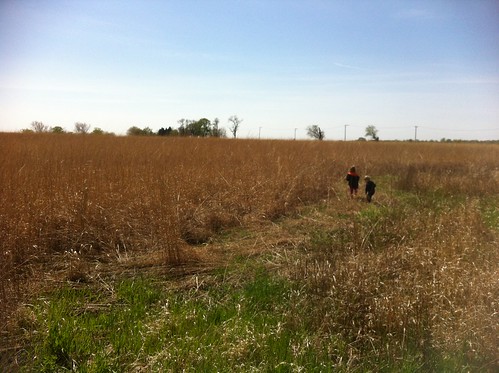 |
| Image credit: AskNature.org |
I am continually amazed by the diversity of life on this planet. I remember walking the beaches of Sanibel Island as a child and seeing shells and seaweed in so many forms, and having difficulty understanding that these "things" aren't inanimate objects, but forms of life. They are all so unique and so unlike us, and there is so much we can learn from them to naturally inspire our creativity. On my recent trip back to Sanibel, I was particularly fascinated by the sea star, which as an echinoderm and related to the sand dollar, an organism that has fascinated my mother for as long as I can remember. Thinking about the sea star's regeneration abilities got me thinking about natural resilience, so I did a little research.
We all learned in grammar school that a starfish can regenerate limbs and even reproduce asexually from a severed arm when they are attacked by a predator (talk about leveraging disturbance to your advantage!). And this ability alone is amazing, but their structure is equally so. The five arms that reach out from a central core, called pentaradial symmetry (think soccer ball, instead of the bi-lateral symmetry that we have), has inspired architects and packaging designers with its efficient 3D enclosure. But when I looked at a real (albeit taxidermic) starfish that my daughter picked up at a souvenir shop, what I was most curious about was the texture.
The sea star is covered in thousands of bumps of varying sizes. Large protruding bumps, small recessed bumps, all which serve its radial geometry. But there had to be there for a reason other than looking good. So, I looked it up in the amazing website
AskNature.org and found out that the holes I saw on the surface of the organism are also present at a microscopic level. The reason for these macro and microscopic holes have to do with its resilience to fracture. By creating thousands (millions?) of holes, tiny cracks that try to form in the structure of its limbs cannot become very big before they hit a hole and are stopped. Creating tiny holes also lessens the amount of material the organism must create, saving energy. True multi-functional design!
What I found through my research was that the sea star is also an indicator species. The sea star is greatly affected by water quality because the pump untreated water directly into their bodies through their vascular system. Therefor, mass die-offs of a population will indicate that toxins or contaminants have disturbed the water, such as an oil spill.
Lessons for natural resilience:
- Create business structures that can survive, reproduce, and thrive after being severed from the main organization due to disturbance.
- Use material efficiently.
- When a system is vulnerable to one particular type of stress, look for structural or built-in ways to arrest that disturbance before it is allowed to grow too large.
- Create barriers to yourself and your environment.
- Create filters or similar structures that provide a buffer for you from the elements so that you have a chance to react before it is too late to respond. Or, create test subjects to test the elements for you.
References:http://www.asknature.org/strategy/7766025228ecd836d440f23c9abd4662 h
ttp://www.asknature.org/strategy/fd3f0f7a35b9d82aa7328af1881fafbf http://en.wikipedia.org/wiki/Starfish



















